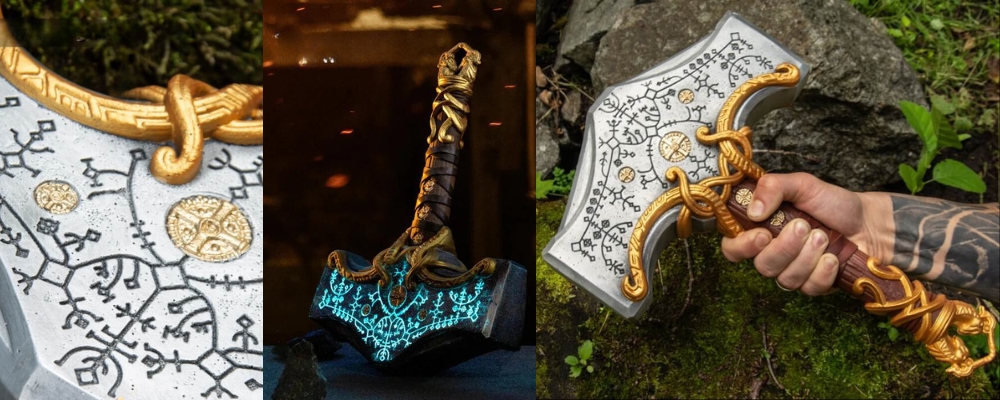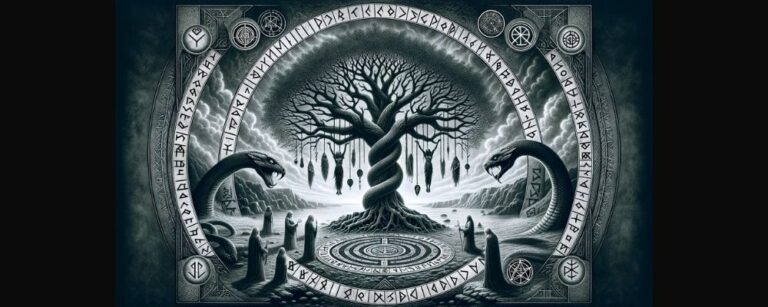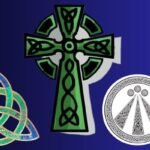
Like most ancient cultures, the Vikings believed in the supernatural and magic. They had their pantheon of gods, led by Odin the All-Father and his son Thor. They believed in other supernatural entities such as elves and trolls, and that the spirits of the dead lived on in other worlds.
They also believed that while the supernatural was separate from the mundane world of men, things could sometimes pass through the veil, explaining visits from the gods, encounters with elves, and conversations with dead loved ones.
The Vikings also believed that men could learn to engage with the supernatural and pull on it to make changes in the world around them through magic. The Vikings called their magic Seidr.
But what counted as Seidr magic among the Vikings and how did it work?
Origins of Seidr
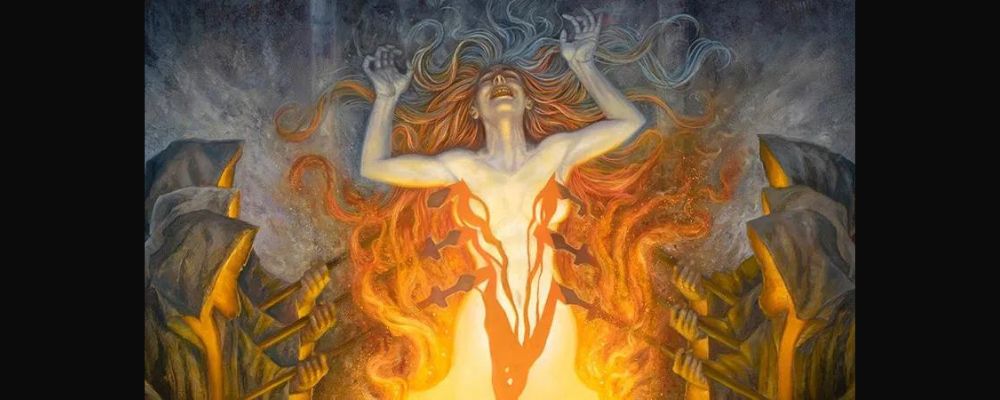
The word Siedr seems to mean to tie or to tether in Old Norse. This seems to link the magical practice with ideas of fate, since the Norns, the Norse fates, spun fate and cut people’s life chords. This suggests that Seidr magic somehow worked by pulling on fate’s strings to change reality.
According to mythology, Seidr magic was an art practiced by the Vanir gods, deities close to nature from a clan of deities separate from the Aesir, the gods led by Odin. Near the beginning of time, the Aesir and the Vanir gods went to war, and the Vanir are seen using Seidr magic in their offense.
It is said that the Vanir goddess Gullveig was a powerful magic worker and was able to use this ability to penetrate the stronghold of the Aesir. As a result, she was pierced by spears and burned three times by the Aesir, but she used her magic to come back to life. She is specifically described as a Volva (witch) performing Seidr.
When the war was resolved in a truce, hostages were exchanged and among other Vanir, Freyja was sent to live among the Aesir. Like Gullveig, she was skilled in the art of Seidr magic, and at Odin’s request, taught the art to him. Freyja is also described as being installed as a high priestess among the Aesir, suggesting a connection between magic and worship.
Types of Magic

While Seidr is magic, it is unclear whether it encompasses all the different types of magic practiced in the Viking world. It certainly seems to be a description of the magic practiced by Volva witches. Plus, they carried a distaff, a tool used in spinning, as a tool for their magical art.
Volva are often described as seeresses and often share visions in surviving Norse stories. However, it is interesting that Freyja, arguably the first Volva, is never described in this way. In contrast, Odin’s wife Frigg is described as a powerful seeress. But she never shared what she saw or her art of foresight with Odin.
In addition to divination, the Volva are described as engaging in other types of magic. For example, one Volva named Groa sings a healing spell for Thor, and healing may have been considered an art of the human Volva. In another story, a Volva is described as creating a potion of herbs, which she uses to reanimate the dead body part of a horse.
This suggests that the Volva also engaged in the type of magic traditionally associated with pagan witches such as potion brewing and spell casting.
You can read our full article on the Volva here.
Singing A Galdr
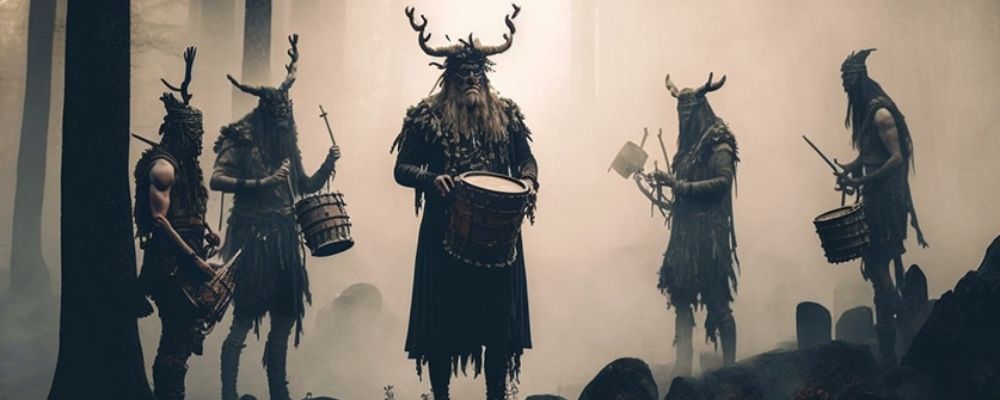
When Groa is described as singing a spell to heal the god Thor, she is singing a Galdr, which is a magical spell. There are also examples in the surviving sources of women singing Galdr to ease the pain of childbirth and send someone mad. But this does seem to be different from other types of Volva magic.
One thing about Volva magic was that it was considered a feminine art, and all human practitioners were women. While Odin learned the art from Freyja due to his desperate thirst for knowledge, in one story, Loki makes fun of Odin for learning such a feminine art.
But in addition to the art of Seidr, Odin is said to know a variety of magical songs, many not known to any other being. They could be used to blunt weapons, stop a spear in flight, heal the sick, hush stormy seas, and more.
It is specifically said that he learned nine of these spells from his uncle, the brother of his giant mother Bestla. This suggests that he was taught the spells by a male jotun, separating it from the female art shared by the Vanir goddesses.
Rune Magic

Another type of magic commonly mentioned in the Viking world is rune magic. According to mythology, Odin saw the Norns using the runes to write fate and became jealous of their knowledge. Consequently, he hung himself from the world tree Yggdrasil for nine days and nights to learn the secrets of the runes.
Rune magic seems to have been considered a male art, as many Viking warriors are described as using the runes, but it is rarely associated with women. According to incidents in the sagas, it could be used to heal the sick, discover poisons, curse others, and much more. Read our full guide to the Viking runes here.
It is unclear how closely Viking rune magic is related to the rune magic described in the Icelandic magical grimoires. These date from the 16th century onwards, so well after the Viking period and the Norse conversion to Christianity. There are also many clear Christian influences in the grimoires.
But one of the common magical approaches in the grimoires is stacking runes on top of one another to create a magical runic symbol, known as a Galdrastafir. These could detect thieves, protect against curses, and send prophetic dreams. The most famous Galdrastafir are Aegishjalmur, or the Helm of Awe, which grants success in battle, and Vegvisir, or the Norse Compass, which is a wayfinding rune.
You can read our complete article on the Galdrastafir here.
The idea of stacking runes to create more complex magical symbols does seem to belong to the Viking Age. In the pre-Viking age, the runic letter combination ALU is very common but seems to have no meaning. Scholars suggest that it was a rune combination for protection. There are also examples of inscriptions with the same rune, such as the Tyr rune, written several times in a row for no apparent reason. Scholars suggest that this may have had a magical purpose.
But was rune magic also Seidr magic?
Drawing Sharp Lines
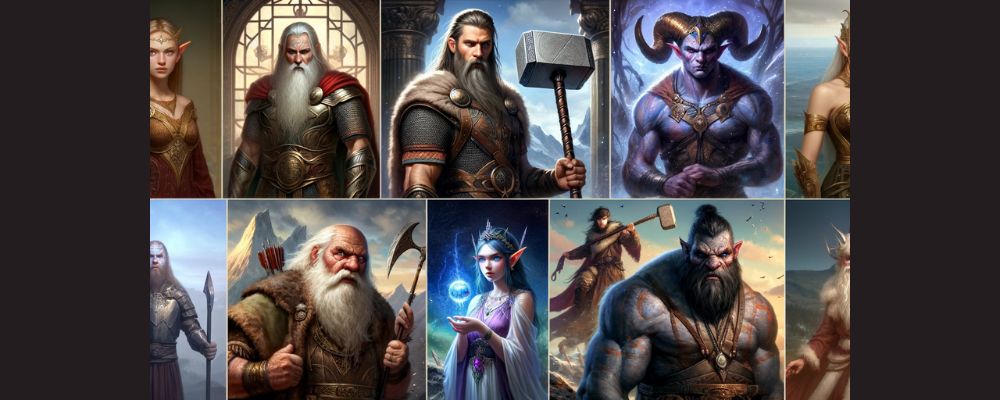
As historians or anthropologists trying to understand another culture, it is useful to try and draw clear lines between things and say, for example, that this is Seidr magic, and this isn’t. But these kinds of clear lines rarely exist. Things tend to be on a spectrum.
The Vikings seem to have been comfortable with relative vagueness when classifying things in the supernatural world. While there with the Aesir gods and the Jotun, although the interbreeding between them left these lines blurry, other supernatural entities are less clearly classified.
For example, the Vanir gods were clearly gods like the Aesir, which is why the Vanir gods Freyja and Freyr could easily live among them. But they were also sometimes conflated with the Alfar, the elves, which were in turn linked with deceased ancestors.
There were light elves, Alfar, and dark elves, dwarves, who were clearly closely related. Many dwarves were also shapeshifters, like the Jotun, and could become animals such as salmon, otters, and dragons. They were also not clearly different from trolls, with both dwarves and trolls having the unfortunate issue of turning into stone in the sun.
While trolls lived under bridges and caused trouble, this was also the domain of Jotun, who lived on the outskirts of the human world and threatened mischief.
All of these entities are difficult to separate and place in specific categories. But this was not a problem for the Vikings who understood them. Perhaps the same philosophy should be taken when considering magic and defining different types of magical arts. Trying to put strict labels on things just isn’t that useful.
